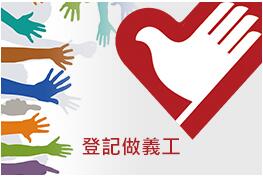About Rare DiseasesRare Disease Wiki

Multiple Epiphyseal Dysplasia (MED)
Name of disease:
Multiple Epiphyseal Dysplasia (MED)ICD-10 diagnosis code:
https://www.icd10data.com/ICD10CM/Codes/Q00-Q99/Q65-Q79/Q78-/Q78.3Causes:
Pattern of inheritance:
(MED) is a rare genetic disorder . Most are autosomal dominant , some are autosomal recessive. Affects the growing ends of bones (growth plate) with cartilage and bone development abnormality. In MED, the abnormal process expands outward from the growth plate, the cartilage mineralizes and hardens to become bone (ossification). The ends of the long bones in the arms and legs (epiphyses) are mostly affected.
Prevalence:
1 in 10,000 birthsDiagnosis:
Physical examination assesses the featured facial characteristics and bone condition. X-ray reveals the bone abnormalities. Genetic testing confirms the gene mutations. Musculoskeletal Diseases
Age of onset:
Most people are diagnosed during neonatal, infancy childhood but mild cases may not be diagnosed until adulthoodCommon signs and symptoms:
Abnormal bone morphology (Abnormal in bone shape of end part, and wide portion of long bone) Abnormal ankle bones Joint pain in hips and knees, Signs of osteoarthritis usually begin in early adulthood Children experience joint pain and fatigue after exercising. Waddling gait Mild short stature as adults, have short limbs relative to their trunks Impaired vision Upturned nasal tip Delayed bone maturation Circular face Short fingers or toes, hands have brachydactyly and proximal metacarpal rounding scoliosis Flat feet
Available treatments (medicinal and non-medicinal):
MED is no cure, orthopedic surgery sometimes uses to relieve symptoms, may need: treat misalignment of the hip (osteotomy of the pelvis or the femoris) treat malformation (e.g., genu varum or genu valgum) Total hip replacement.
Disease management tips:
Physiotherapy for muscular strengthening Avoid joint overload sports Weight control Suggest swimming or cycling, but avoid cycling if having ligamentous laxity Use crutches, or wheelchair help to prevent hip pain Use wide grip pen in writing can avoid the hand pain. Cautious use of NSAID (nonsteroidal anti-inflammatory drugs) analgesic medications to avoid stomach ulcers
References:
Other useful websites:
More about the disease: Patient groups:



